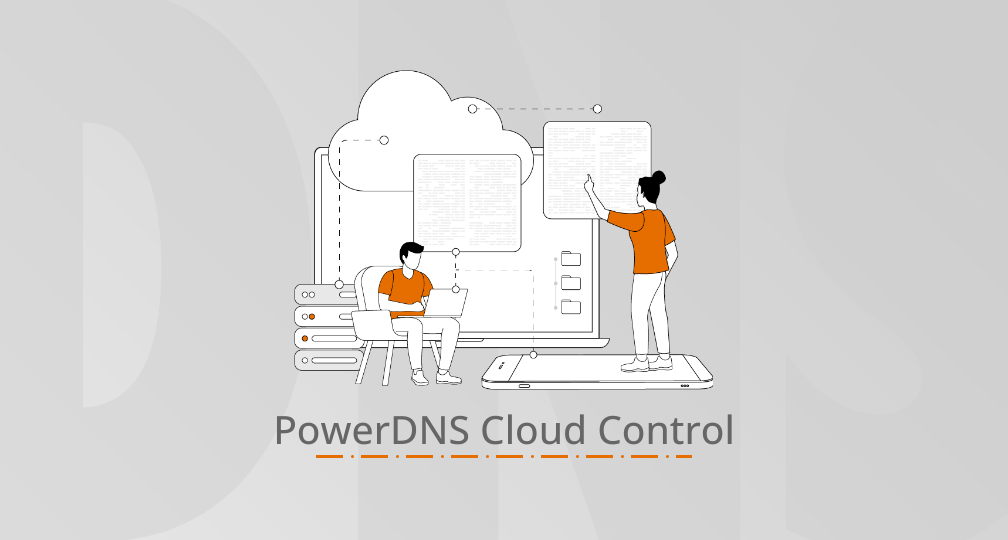
With an estimated 1.5 billion of us expected to be connected to 5G networks by 2024, there’s no doubt that this next generation of wireless technology will have a profound effect on the future of technology and connectivity.
Amongst other goals, 5G aims to provide new performance targets for Enhanced Mobile Broadband (eMBB), as well as uninterrupted connectivity for Ultra-Reliable Low-Latency Communications (URLLC).
Consequently, the implementation of 5G will require more than a simple update to the radio access network (RAN), which connects devices to the network via radio connections. Improved performance and latency in a 5G network will instead require a completely new vision and architecture.
The “phonebook” of the Internet
So, what does this mean for the backbone universal standards of the Internet? One example is the Domain Name System (DNS), which you can think of as the “phonebook of the Internet”, converting web addresses (e.g. www.powerdns.com) into computer-friendly IP addresses, like “192.168.1.1”.
Almost all network connections require an initial DNS lookup, including both machine-to-person (M2P) and machine-to-machine (M2M) communications. Therefore, if a DNS lookup is slow to return a result, for end-users the network will “feel” slow, while for devices it could impact time-critical M2M connections.
Prior to 5G, DNS latency was less noticable, because the RAN’s latency guarantee was often much higher. In other words, if the RAN provides a latency guarantee of 50 milliseconds, then the comparatively high DNS latency could “hide” within the existing overall network latency.
But things are different with 5G, because the typical latency goes from 50 milliseconds in 4G to between 1 and 4 milliseconds. In this instance, high DNS latency sticks out like a sore thumb.
DNS on the edge
Edge computing - i.e. data processing at the “edge” of a network, bringing it closer to the location where it is needed - is expected to play a huge role in 5G networks, and addressing DNS latency in a 5G network is no different.
In order to prevent DNS from becoming a latency bottleneck, the DNS service should be located as close to the edge of the network as practically possible. This will necessitate a departure from current DNS architectures, which tend to utilise a small number of large regional data centres; and a move to a more distributed model consisting of a much higher number of smaller DNS servers. However edge computing brings with it a host of challenges, including orchestration, management and monitoring of large numbers of DNS servers, which the 5G architecture addresses with concepts such as NFV and ETSI MANO. We will discuss these in a later blog post.
This edge computing approach not only provides the best latency, preventing DNS from becoming the weak point in 5G performance and latency promises, but also leads to other benefits such as easier distribution of load to local content nodes, thereby increasing the speed of streaming and similar content. Again, we will discuss the benefits to local content caching in more detail in a later blog post.
What this means and our solution
Legacy DNS architectures are not sufficient to meet the latency needs mandated by the introduction of 5G networks, and therefore service providers must now begin to deploy DNS as an edge computing solution. This will require DNS services that are fully ready to be deployed and managed as Virtual Network Functions (VNFs), as part of a Cloud-Native architecture. PowerDNS has been designed to be 5G-ready and support these requirements. Our next blog post will go into more detail on the topic of NFV and orchestration, and the requirements for DNS in such an environment. To find out more, check out our whitepaper or visit our PowerDNS for 5G networks overview page.


